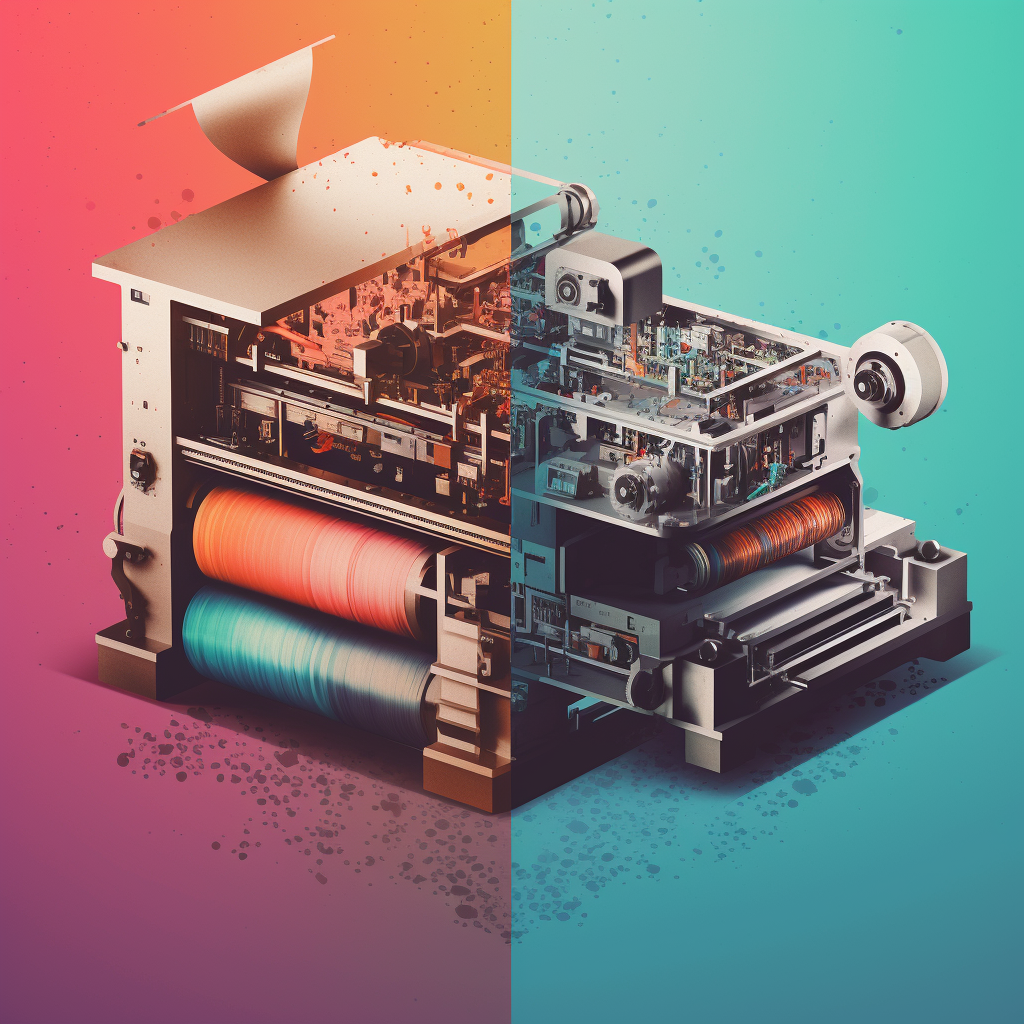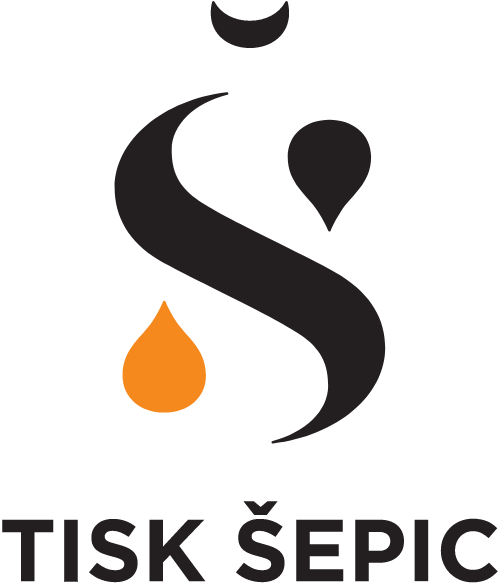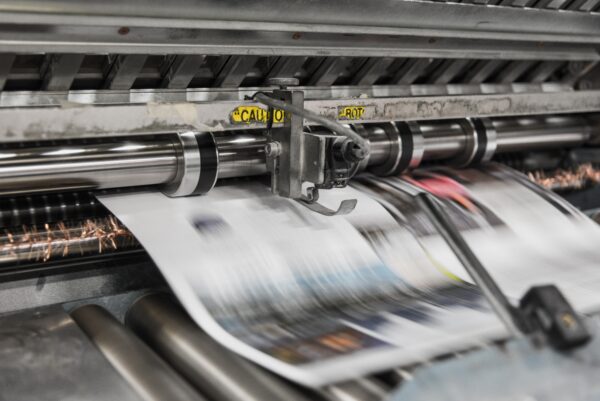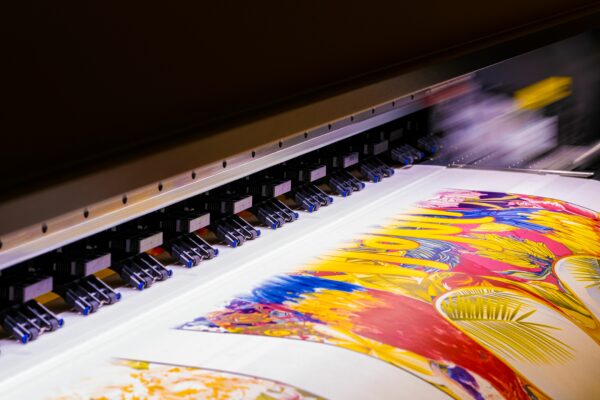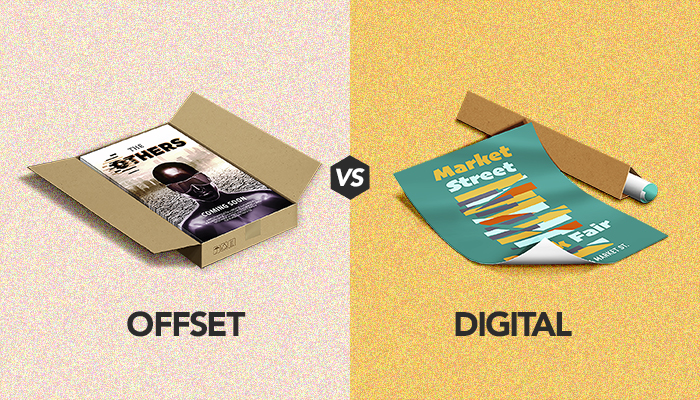
Which one is right for your project: digital or offset printing:
When it comes to printing, choosing the right method can significantly impact the outcome of your project. Two widely used methods in the printing industry are digital and offset printing. Understanding the differences between these two techniques is essential to make informed decisions that align with your print requirements.
Digital printing transfers digital files directly onto substrates using inkjet or laser printers. It offers advantages like faster turnaround times, lower setup costs, and on-demand printing. Ideal for short print runs and personalized projects.
Offset printing transfers ink onto a rubber blanket before applying it to the printing surface. It offers high image quality, precise color reproduction, and versatility. Best for large volumes like brochures, magazines, and packaging. Consider factors like quantity, complexity of design, and color accuracy.
Technological advancements have narrowed the gap between digital and offset printing. However, for specialty printing, offset still dominates dedicated business printing.
Decide based on budget, turnaround time, print volume, customization, and color accuracy.
By understanding the differences between these methods of printing, you can effectively evaluate which method aligns best with your project goals and achieve the desired results. Whether you opt for the speed and flexibility of digital printing or the superior color control of offset printing, partnering with us will ensure your vision is brought to life with the utmost quality and expertise.
